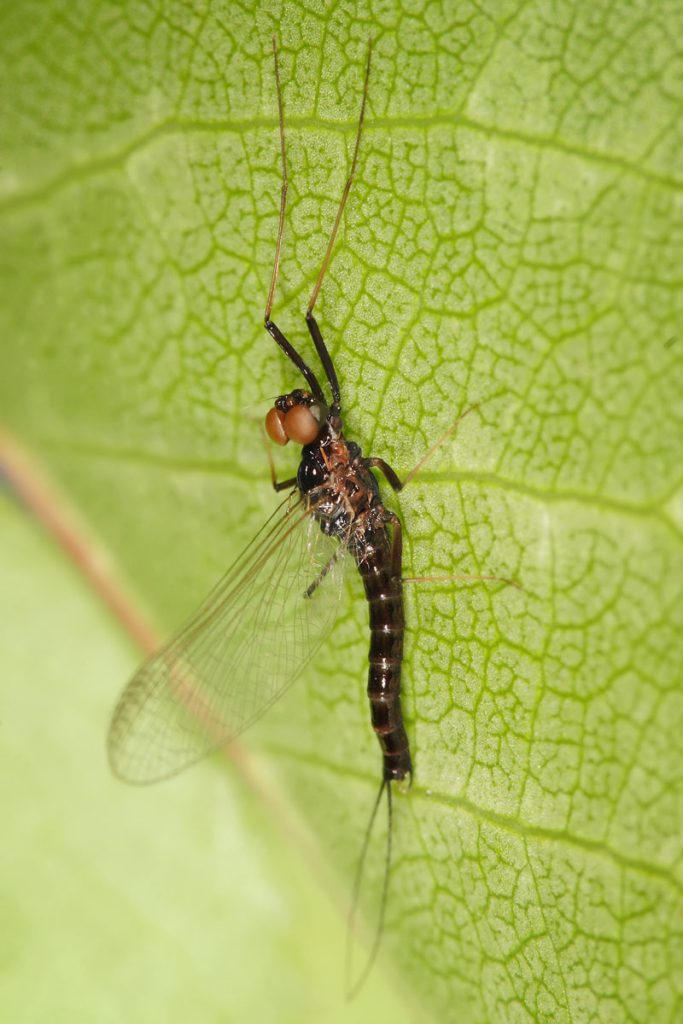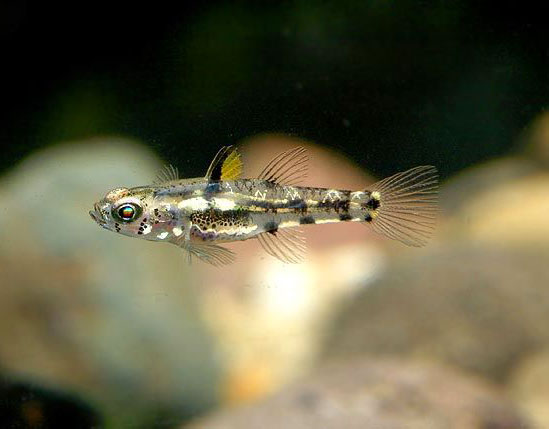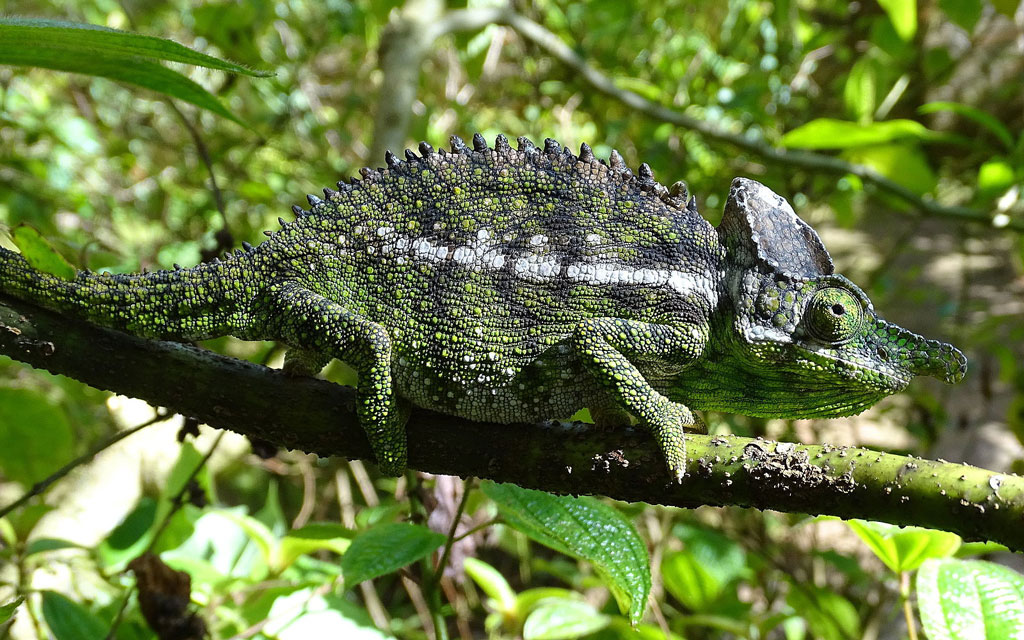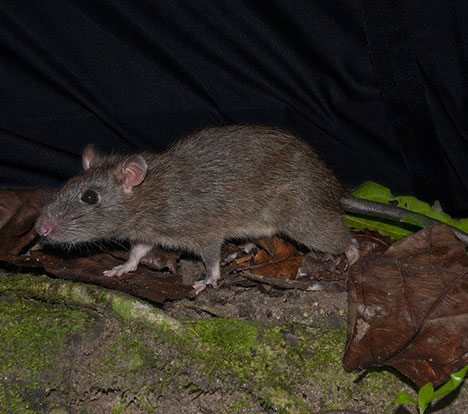While it is impressive that certain animals can live up to a hundred or a few hundred years, it is equally astounding that there are animals with extremely short lifespans. In this article, we’ll be exploring the animal with the shortest lifespan and briefly discuss other animals that come close to it in terms of their lifespans.
Interestingly, the length of life of an animal is largely dependent on its size. Small animals have higher metabolic rates leading to shorter lifespans. On top of that, they are more vulnerable to external threats. This is why small-sized animals usually have short lifespans and are the ones you’d come across in our list as well.
Which animal has the shortest lifespan?

Mayflies have the shortest lifespan in the animal kingdom. They have a lifespan of just 24 hours and accordingly, are termed “one-day insects”.
There are known to be around 2500 different species of mayflies, some of which die within just hours of being born. That being said, there is even a species of mayflies – scientifically known as Dolania americana – which has a lifespan as short as 5 minutes! That’s got to be some kind of record, no?
With such a short life expectancy, it is only natural to wonder what the purpose of these insects is? And what is it that they do in their few hours of life?
The lifecycle of a mayfly consists of four stages: egg, nymph, subimago, and imago:
- Depending upon the species, a female mayfly may produce between 50 to 10,000 eggs in its lifetime. These may be oblong, round, or oval. These eggs are laid in water and hatch in around 2 weeks, if due to any reason they do not go under a period of zero growth.
- The nymph stage can last anywhere from two weeks to one year depending upon the species of mayflies. In this stage, the mayfly lives in freshwater and sheds skin, and once the molting is complete, its wings appear.
- In the subimago or dun stage, the subimago floats on the surface of the water and sheds skin for the last time.
- The imago or adult stage is the last part of a mayfly’s life and this is where mating and reproduction take place. An adult mayfly mates soon after its final molt. The mating process in itself is fascinating, to say the least. The male mayflies form a swarm mid-air where female mayflies fly and in what looks like a ‘dance’ to onlookers, they mate in flight. For most species of mayflies, death occurs shortly after the mating process. Different types of mayflies deposit their eggs in different ways: some drop them from a height while some fly close to the surface of the water and strike the water with the abdomen.
This lifecycle highlights a slightly sad but engaging detail of the life of a mayfly: a mayfly awaits its birth for almost an entire year and gets to live for 24 hours at maximum!
Another interesting part of their life cycle is that while the nymph mayfly feeds on parts of algae and plants, the adult mayfly does not have any mouthparts. This means that it cannot eat and thus, its only purpose in life is to reproduce. The fact that mayflies have been around for 350 million years (it is believed they are older than dinosaurs!) is incredible considering they have such a small amount of time to mate and reproduce.
Also, if you measure evolution as the ability to successfully pass on one’s genes to the next generation, then it wouldn’t be unfair to call mayflies the most evolved of all species. After all, they are born when they are ready to mate and they die shortly afterward. And above all, mating and reproducing are all they do!
Other animals, including microorganisms, which have shockingly short lifespans include the marine microorganism gastrotrichs (3 days), the lazy drone ants (3 weeks), and the common houseflies (4 weeks).
Lifespans of Other Animal Categories
Even though the mayfly lives the least among the entire animal kingdom and not just the insects, let’s look at a few other categories of this kingdom and the animals with the shortest lifespans in them.
Shortest Fish Lifespan: Dwarf pygmy goby

Among aquatic animals, the Dwarf pygmy goby (scientific name Pandaka pygmaea) has the shortest lifespan at 2 months. Like other animals with such less time to live, the main goal is to reproduce. It takes this reef-dwelling fish about 40 days to reach sexual maturity after which its goal is to lay maximum eggs. Despite having a few weeks only, a female Dwarf pygmy goby lays around 400 eggs in its lifetime.
Shortest Reptile Lifespan: Labord’s Chameleon
Among reptiles, the Labor’d Chameleon (Furcifer labordi), which is one of the 2500 chameleon species found worldwide, lives the shortest time. A native of Madagascar, this rare, color-changing lizard-like animal has a lifespan of only 4 to 5 months. To give you an idea of how short this time is for a reptile, consider this: the adult generation dies before the new generation is even born (hatched from eggs laid before death). Most of its life is actually spent in the egg. In fact, this animal’s life expectancy is the shortest of any four-legged animal. This low life expectancy of the Labord’s Chameleon is due to diseases, predators, and the harsh environmental conditions in Madagascar.

Shortest Mammal Lifespan : Muller’s Giant Sunda Rat

Scientifically named the Sundamys muelleri, the Muller’s Giant Sunda Rat species of rodent is commonly found in Indonesia, Myanmar, Malaysia, Thailand, and the Philippines. The life expectancy of these rodents is between 6 to 12 months. The place where this mammal lives can add or take away from its longevity. For instance, in captivity, the Muller’s Giant Sunda Rat can survive for even 12 months but in the wild, it is likely to die after 6 months.
Conclusion
While the numbers reported in this article are estimates by scientists and animal kingdom experts, one thing is important to mention when it comes to an animal’s lifespan: the way an animal is treated and the conditions in which it is kept can increase or decrease its life significantly despite its expected lifespan.

Lydia King is a huge animal lover and has always been fascinated with learning about the animal kingdom. She enjoys writing about anything animal related from scientific information about rare species to animal references in pop culture.












